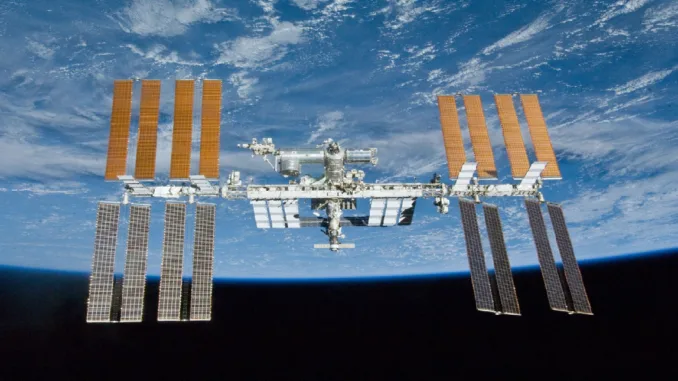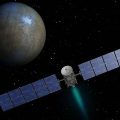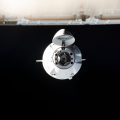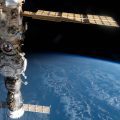
The International Space Station has been humans’ biggest space technology development in the last decade. The project has brought the world’s major space agencies together to work as a single entity for research that benefits humans. In a significant announcement, NASA, the United States’ esteemed space agency, has unveiled its new plan to end the era of the International Space Station (ISS) by the close of this decade. This decision represents a big moment in space exploration and the development of space exploration. It is deeply rooted in the quest to check humanity’s access and presence in space for the advancement of research, technology development, and international collaboration.
International Space Station to be out of the orbit
For this big task, NASA has a proposal for the development of the U.S. Deorbit Vehicle (USDV), a spacecraft engineered to deorbit the ISS as part of its planned retirement safely. The ISS, a marvel of international cooperation and engineering prowess, has been in Earth’s orbit since its continuous occupation began in November 2000. Now, just as with any other space machine, it has approached the end of its operational life, and NASA is planning to remove it from orbit.
The International Space Station has been very important
The importance of this decision is well known. Since its inception, the ISS has served as a space laboratory. It has also been a symbol of global partnership and a big platform for numerous scientific breakthroughs over its decades-long tenure. It has allowed various difficult experiments and studies across various fields, from fundamental physics to biology and geological sciences. The station has also acted as a way for international collaboration, making cooperation among space agencies from various nations.
NASA’s to the space becomes clearer as the ISS nears its retirement. Safely deorbiting the station is vital to prevent space debris from cluttering Earth’s orbit and posing a hazard to future missions. All safety protocols must be followed regarding having such a big program in the space. This also marks a big point in space exploration history. Humans are again planning to return to the Moon by NASA’s Artemis program. There are also plans to base on the Moon and eventually move towards Mars. Many of these programs have been planned before the end of this decade.





